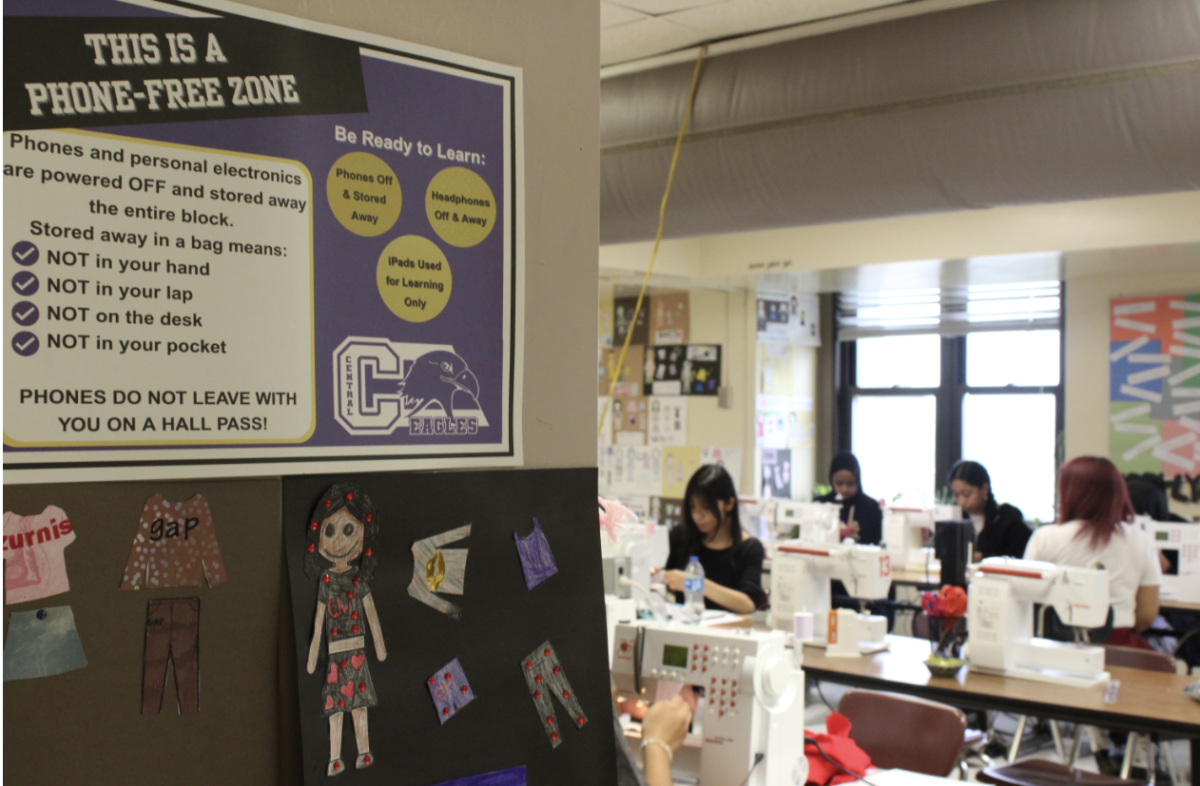Top four popular TED Talks to watch
September 21, 2019
Do schools kill creativity?
This TED Talk was recorded in 2006 by Sir Ken Robinson and explores the idea that the public education system puts creativity on a lower standard than other subjects. He ties in the fact that the most important subjects taught by schools such as math, language and social studies are all factual and trigger only one side of the brain. The more creative side is not used, therefore leaving students with little ability to think outside of the box or use imagination. Higher education and careers are also putting an emphasis on education, with a high school diploma not getting one as far as it used to. More education and a higher degree are becoming necessities to have a supportive job.
How great leaders inspire action
Simon Sinek gave this TED Talk in 2009 and discussed the topic of how impactful leaders create a following and inspire others to act. He introduced a model that he discovered called the “golden circle” that shows the way in which businesses or people market to others. Interesting enough, the model displays how successful companies use the model in the reverse order of everyone else; great leaders are able to attract followers by stating a belief, rather than just stating facts.
How to speak so that people want to listen
In 2013, Julian Treasure gave this talk about the art of speaking and how to properly talk. He starts by giving a list of ways people use their voice when others do not want to listen. This includes gossip, judging, lying, etc. Treasure follows this by introducing an acronym that will allow one to speak so that others will want to listen: HAIL. This stands for honesty, authenticity, integrity and love. His goal is to have the world speak with more empathy.
Looks aren’t everything. Believe me, I’m a model.
Cameron Russell gave this TED Talk in 2012 and opened up about what it is really like to be a model and start at such a young age. She explained how the stigma behind being a model can affect one’s personal views of themselves, and that models are probably the most physically insecure despite what the world thinks. Russell also used many side-by-side photos of herself to prove that she does not feel like herself when modeling. She compared a photo taken by a professional to a photo taken in her personal life each on the same day. By doing this, one can see that there is another side to these types of stories. Russell’s main objective was to show how looks can lead to success, but not to overall happiness.





















